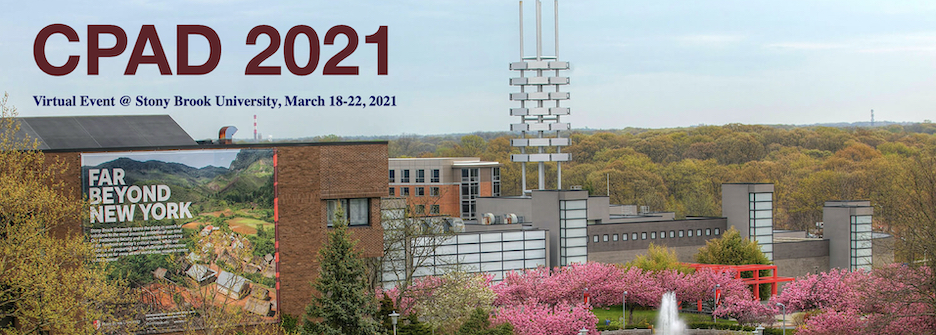Speaker
Description
Metastable excitations in materials can store energy longer than equilibration time for the rest of the system. This disequilibrating can arise from a many sources - ionizing radiation, electric breakdown, mechanical stress, changes in temperature, and changes in electric or magnetic fields. Relaxation of stored energy leads to afterglow in gases or temperature stimulated luminescence, exaelectron emission and conductivity in solids (TSL,TSEE and TSC effects). Similar effects are present in liquids, on surfaces of dielectrics and semiconductors, in films on metal surfaces, etc. Such metastable excitations can undergo a range of transformations –they can interact and diffuse in materials, form clusters, accumulate around defects and on surfaces and interfaces. Accumulation of these interacting excitations leads to possibility of avalanche relaxation events. A well-known example is self-organized criticality dynamics; it results in a noise power spectral density that is close to 1/f, and spectrum of avalanches energies decreasing polynomially with energy. Such avalanche relaxation events can mimic low-energy interactions with particles: several photons can be produced in scintillators, or several electrons in ionization detectors. Yet un- explained low energy background (few photons or electrons events) in scintillators, dual-phase noble liquid detectors and some solid-state detectors hint that avalanche relaxation of accumulated energy may be a culprit.
While quantitative ab -initio description of these effect is difficult, we discuss qualitative experiments that can help to identify these effects, what material mechanisms can be involved in scintillators and noble liquids, and how parasitic effects can be suppressed or mitigated.
This work was performed under the auspices of the US Department of Energy by the Lawrence Livermore National Laboratory under contract DE-AC52-07NA227344. Lawrence Livermore National Security , LLC
